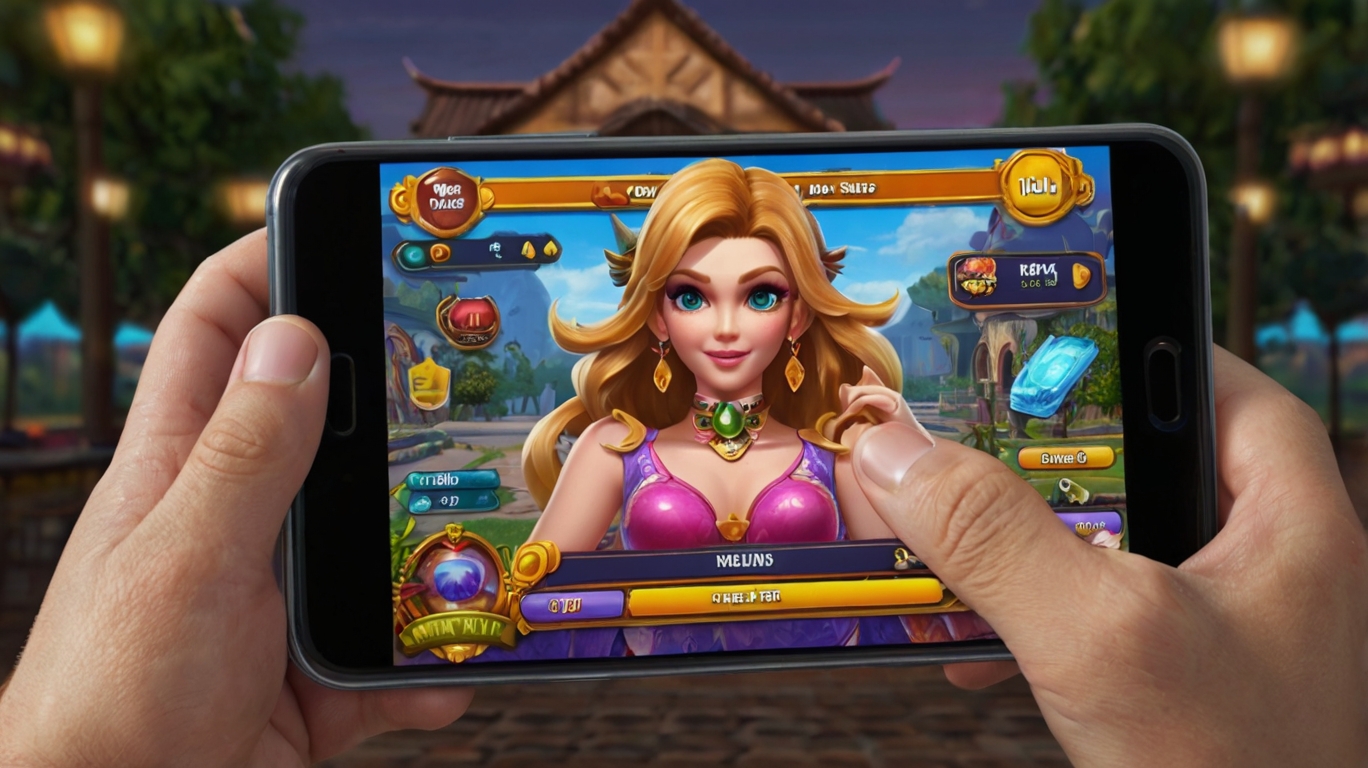
Playable ads have revolutionized mobile game marketing. Now, you can not only watch a video but also try out some of the game mechanics of the proposed game, which allows you to determine whether the advertised game will appeal to the user. This unique advertising format not only attracts attention but also converts potential players into loyal users. To assist developers and consumers in understanding the potential and use of playable advertisements, we examine their history, evolution, and useful features here.
The Evolution of Playable Ads
Playable ads emerged in the early 2010s as a response to the growing demand for engaging mobile advertising. Traditional banner ads and static interstitial ads were losing effectiveness due to their passive nature and a phenomenon known as “banner blindness.”
The transition to interactive formats began with rich media ads, which included animation and video. However, they were mostly passive. Playable ads bridged this gap by offering users a trial experience within the ad unit itself. Mobile game developers were the first to use this style, which soon became well-known for showcasing gameplay mechanics and encouraging higher-quality installs.
Why Playable Ads Work
Playable ads offer some clear benefits for both users and developers.
- By giving users control, playable ads create a more memorable and engaging experience than static or video ads.
- Users who engage with ads that are game-appropriate are more likely to install the game. They’ve already experienced the mechanics and decided whether they like the game being advertised.
- Gaming ads attract users who are genuinely interested in the gameplay, which leads to higher retention rates.
- Users can instantly understand the core mechanics, eliminating any doubts about the gameplay before downloading.
Key Components of a Successful Playable Ad
A well-designed playable ad can significantly boost a game’s success. Here are the critical components:
- Core Gameplay Showcase: Highlight the game’s main mechanics or features. For example, if it’s a puzzle game, the ad should allow users to solve a simple puzzle.
- Tutorial Overlay: Include brief, non-intrusive instructions to guide users through the experience.
- Call-to-Action (CTA): End the ad with a clear and enticing prompt, such as “Download Now to Continue Your Adventure!”
- Optimization for Performance: Ensure the ad loads quickly and runs smoothly across devices to avoid user frustration.
How to Create a Playable Ad
Creating game ads involves several steps that often require collaboration between game developers, marketers, and ad platforms:
- Define goals: Determine what you want to achieve with your ad—whether it’s increasing installs, improving retention, or targeting a specific audience.
- Choose a core gameplay experience: Choose one compelling gameplay feature that can be experienced in 15-30 seconds.
- Simplify the experience: Focus on ease of use. Overwhelming users with mechanics or storylines can overwhelm and deter them.
- Develop ads: Use HTML5 or other interactive technologies to create playable ads. Some programs, such as Google AdMob or Unity Ads, offer a framework for making playable advertisements.
- Test extensively: Test your ads across devices and network conditions to ensure optimal performance.
- Iterate and optimize: Use analytics to monitor engagement rates, completion rates, and installs, refining your ads to improve performance.
Choosing What to Show in the Ad
It’s important to decide what to show in your game ad. Consider the following:
- Highlight the core mechanics: Showcase the most exciting or innovative aspect of the game.
- Match your audience’s preferences: Keep it simple and fun for casual gamers. For hardcore gamers, emphasize strategic depth or unique features.
- Provide instant gratification: Make sure your ad provides a rewarding experience, such as completing a level or earning points.
- Avoid overload: Don’t be tempted to show everything. Focus on one or two aspects that will engage users.
Examples of Successful Playable Ads
- Candy Crush Saga: A playable ad allowed users to match candies and experience the core puzzle mechanics, driving millions of installs.
- Clash Royale: The ad highlighted a quick, strategic battle, appealing to competitive players.
- Homescapes: Users could solve a mini-puzzle, mirroring the in-game experience and sparking curiosity.
Benefits for Developers and Clients
- For Developers: Playable ads ensure that users downloading the game have already experienced and liked its mechanics, leading to better reviews and retention rates.
- For Clients: Higher-quality installs translate into a better return on ad spend (ROAS) and reduced churn rates.
Challenges and How to Overcome Them
- Creating interactive ads requires resources. Use platforms like Playable Factory or ad network tools to streamline production.
- Making ads engaging but not overly complex requires careful planning and iteration.
- Optimize ads for different devices and screen sizes to increase reach.
Future Trends in Playable Ads
As mobile gaming evolves, so will advertising. Innovations to watch for include:
- AI-powered personalization: Tailoring ads to individual user preferences based on data analysis.
- AR/VR integration: Engaging gaming ads using augmented and virtual reality technologies.
- Enhanced interactivity: Adding deeper, branching narratives or multi-player interactions to ads.
Conclusion
Playable ads are a powerful tool in mobile game marketing, offering an unparalleled opportunity to engage users and drive quality installs. Developers and clients can completely grasp their potential by comprehending their design ideas, history, and strategic implementation. As the industry continues to innovate, the importance of interactive advertising formats like playable ads will only grow.
Do you have a unique concept for your mobile game? To create your own captivating game and audience-specific marketing solutions, get in touch with Melior Games right now.




